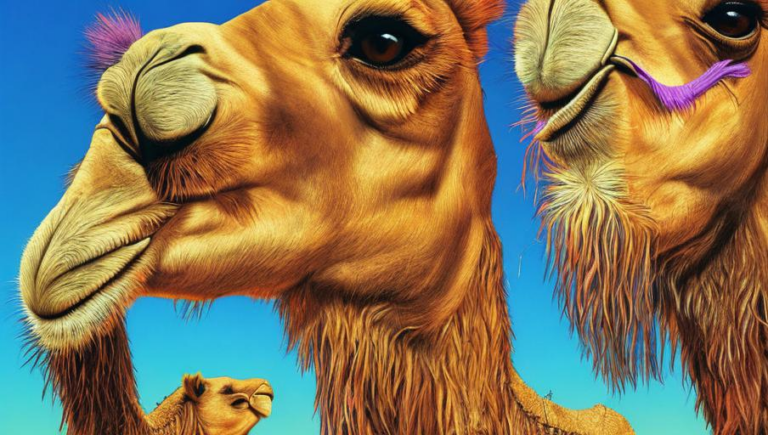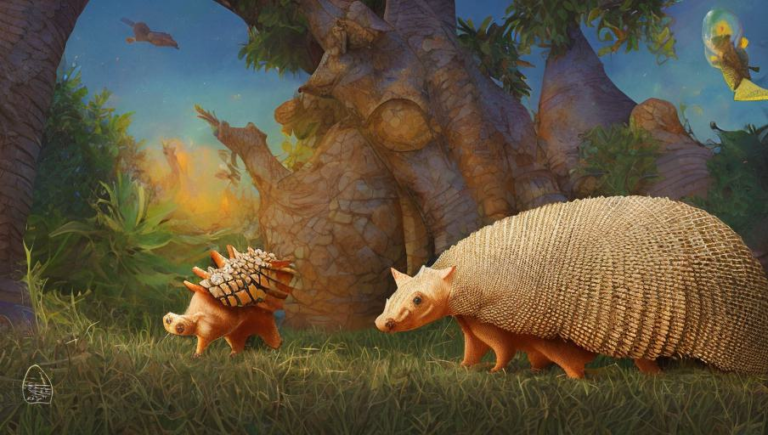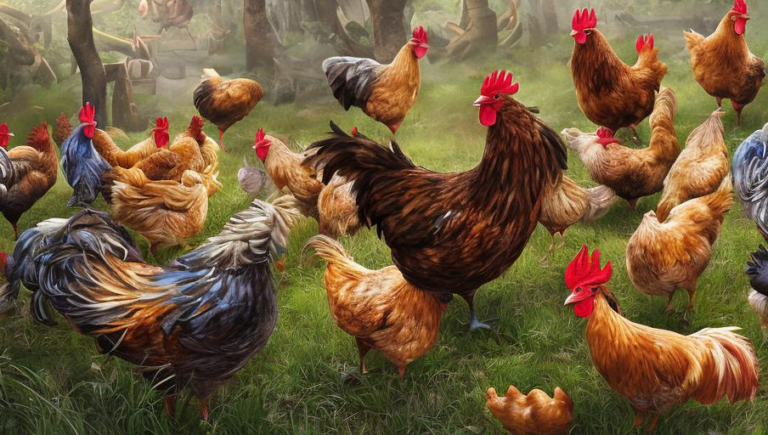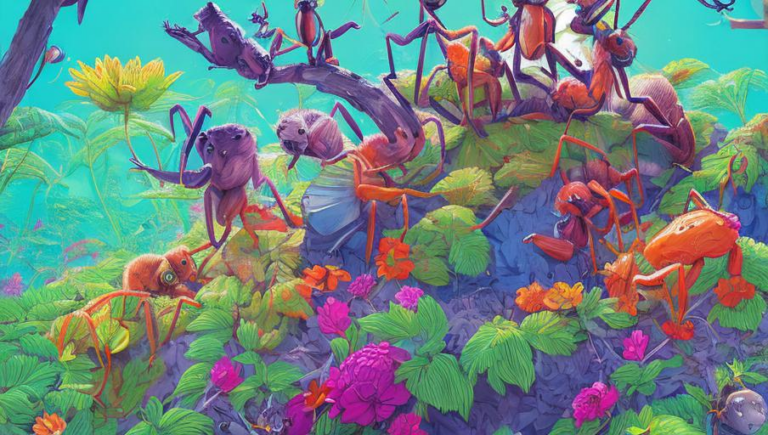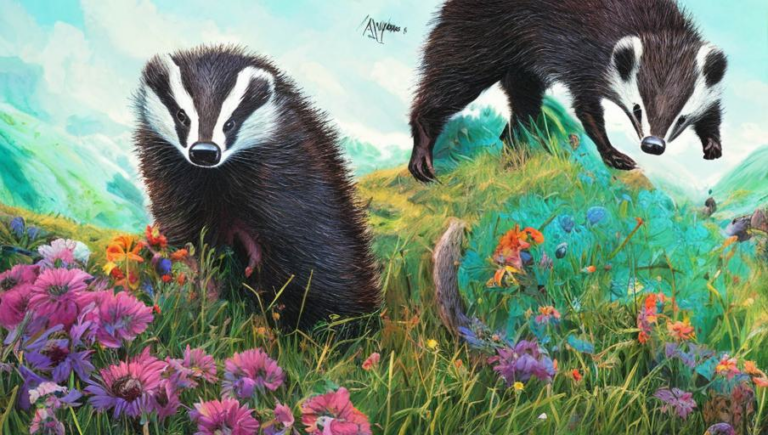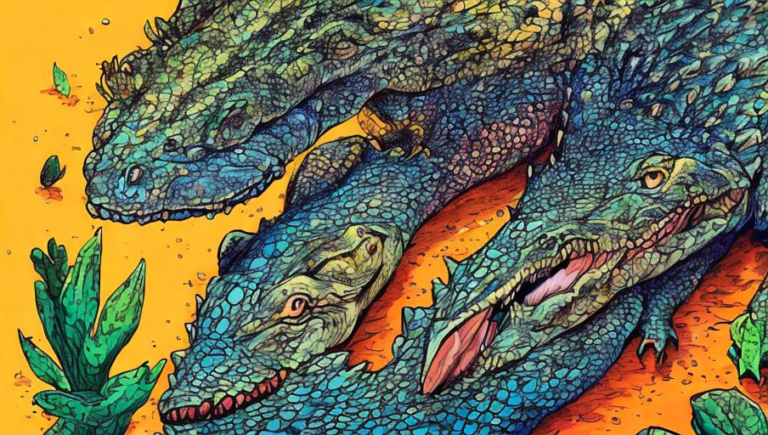Yielding to the Behavior of the Buffalo
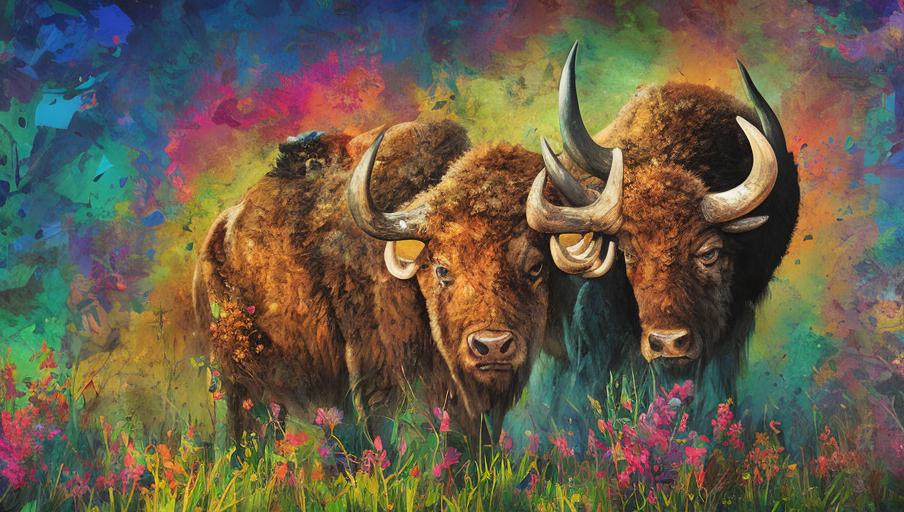
Introduction
The buffalo is one of the most iconic animals in the world. It is one of the oldest creatures on the planet, with fossil evidence dating back more than two million years. Buffalo can be found in a variety of habitats, ranging from the plains of North America to the savannas of Africa. Though they may appear docile, buffalo can be dangerous and unpredictable animals.
Behavior
Buffalo have a distinct behavior that helps them to survive in the wild. They are herd animals, living in large groups and traveling together in search of food. When one buffalo senses danger, the entire herd will flee in the same direction. This behavior can be seen in domestic buffalo as well, such as those used for farming and ranching. The buffalo’s behavior also includes head-butting, bellowing, and galloping, all of which can be seen in the wild.
Diet and Social Structure
Buffalo are herbivores, eating mostly grass and other plants. They travel in large herds, with the bulls (males) leading the way. Buffalo bulls are territorial and will battle for dominance among themselves. Females, or cows, form the majority of the herd and will protect the calves. Buffalo bulls will also protect the herd, as they are larger and more aggressive than the cows.
Threats
Buffalo are threatened by a variety of factors, including habitat loss, poaching, and competition with domestic livestock. Buffalo populations have decreased significantly in some areas, and conservation efforts are needed to ensure the species’ survival. Furthermore, buffalo are also susceptible to disease, such as bovine tuberculosis, which can spread quickly and cause the death of an entire herd.
Conclusion
The buffalo is an impressive creature with a unique behavior that has enabled it to survive in the wild for millions of years. Although it is threatened by a variety of factors, conservation efforts are needed to ensure the species’ survival. By understanding the behavior of the buffalo, we can better understand how to protect it and its habitat for generations to come.
